
catface cat catmask eyes feline sticker by zanytaz
Covering tomato plants with row covers to prevent insect pests from feeding on the fruit. Removing any affected fruit from the plant to prevent the spread of the condition. 3. Avoid Excessive Nitrogen. Excessive nitrogen can lead to lush vegetative growth in tomato plants, but it can also affect the quality of the fruit.

Polite Cat Teh Meme Wiki Fandom
The caveat is when catfacing causes an open wound on the tomato. Be careful when deciding whether to eat a catfaced tomato with an open wound. Once in a great while, you will have a tomato with such dramatic folds and bumps that it will cause the skin to stretch and brake open, leaving an open wound on the tomato..
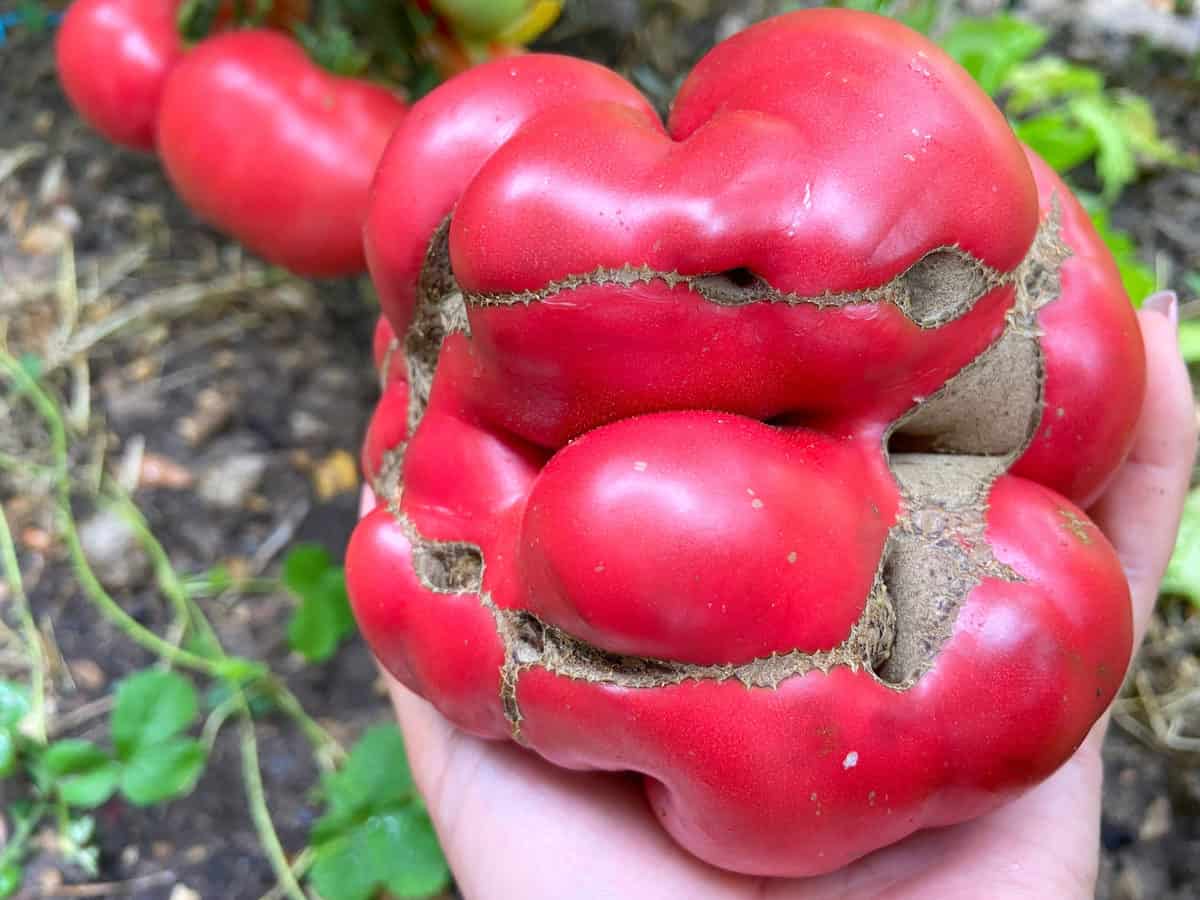
Catfacing à la tomate comment identifier, traiter et prévenir Blogue Fruits et Légumes
Tomatoes are warm-season crops that need a soil temperature of at least 65 degrees. A sudden drop can damage the flowers' development, affecting normal growth and giving it that irregular Franken-tomato shape. Inconsistent watering is another factor that can cause the fruit to develop abnormally. Tomatoes require consistent moisture, especially.

Catfacing in Fruit and Vegetables Symptoms, Causes, Prevention
Catfacing ist eine Verformung, die bei einigen Tomaten, Erdbeeren und Steinfrüchten auftritt. Im Gegensatz zu dem, was Sie vielleicht erwarten, lässt es nicht das Gesicht einer Katze in einer Frucht erscheinen. Stattdessen entwickelt die Frucht bräunliche Narben, die entlang des Blütenendes der Frucht verlaufen und manchmal bis in die.

After being told NO about 100 times today, Larry takes a time out. (With images) Funny animals
Catfacing is a disorder that can affect tomato plants and their fruits. It is most commonly seen in large-fruited heirloom varieties, although it can sometimes occur in other tomatoes as well. The condition gets its name from the resemblance of the affected fruits to the face of a cat. The fruits have deep indentations and puckers.

Catfacing Tomato How To Identify, Treat and Prevent Them? Happiness Tomato
Catfacing on tomatoes is a physiological disorder that affects the appearance of the fruit. This oddity of nature is characterized by irregular and often distorted growth, resulting in misshapen tomatoes or puckered areas on the tomato's surface. These deformities remind us of the appearance of a cat's face, hence the common name for the.
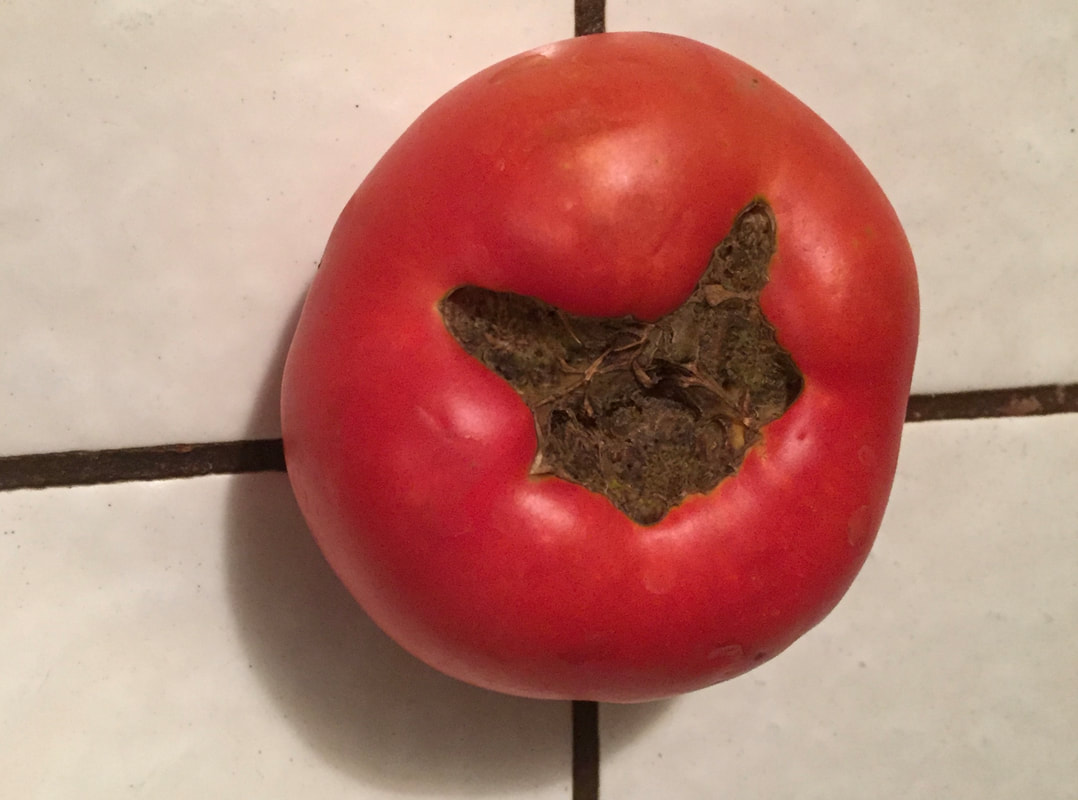
Catfacing and Cracking The Daily Garden
Catfacing ist ein Begriff aus dem Englischen und beschreibt bestimmte Verformungen von Tomaten. Alles Wichtige über Catface-Tomaten.. Ist das der Fall, handelt es sich bei den Verformungen nicht selten auch um mehrere miteinander verwachsene Tomatenfrüchte. Solche Mutationen sollen vermehrt bei älteren Sorten (Heirloom.

How to Prevent the Dreaded Catfacing in Tomatoes
Cat-facing, or catfacing, refers to a type of physiological damage affecting tomatoes and represented by scarring and cavities near the blossom end. It is the abnormal development of plant tissue affecting the ovary or female sex organ , which results in the flower, followed by the fruit development to become malformed. It is called "cat-facing" because the abnormal cracking and dimpling on.

Catfacing in Fruit and Vegetables Symptoms, Causes, Prevention
The exact cause of catfacing on tomatoes is uncertain and could be caused by any number of factors but seems to center around unfavorable growing conditions. Temperatures below 60 F. (16 C.) for a number of successive days when plants are immature -- about three weeks prior to blooming -- appear to coincide with tomato catfacing fruit deformity.
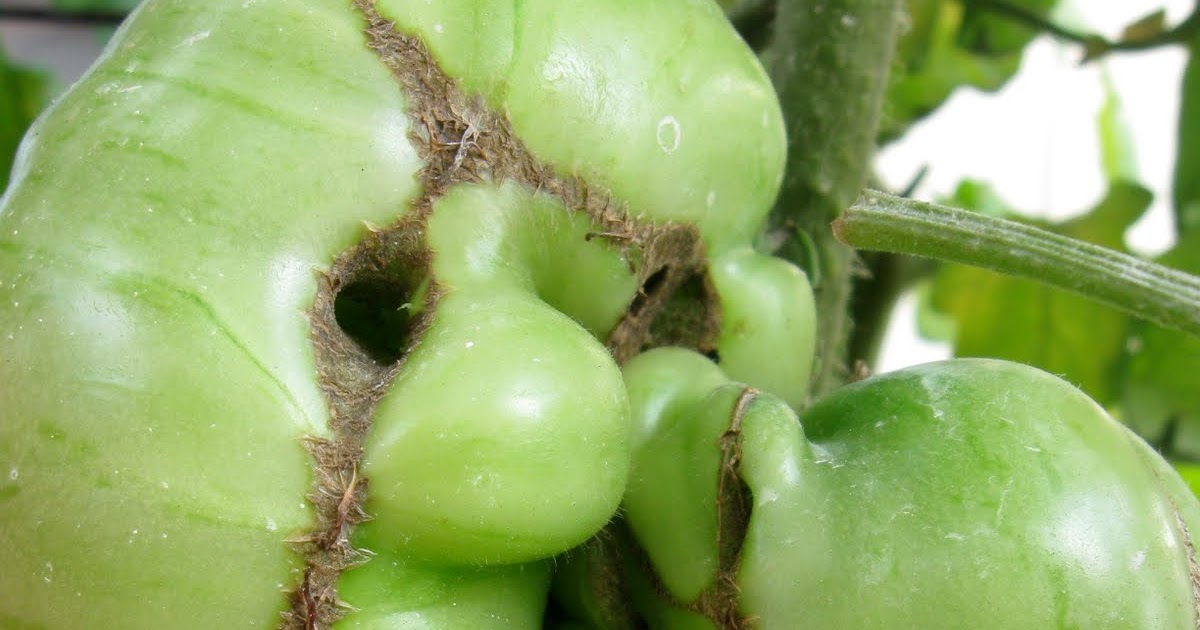
Growing Tomatoes in South Florida Catfacing
Direct water to the base of the plant; keep the foliage dry to prevent disease. Preserve valuable soil moisture with a 2-inch layer of mulch over the plant's root zone. Shredded wood mulch, weed-free lawn clippings, and well-decomposed compost all work well to slow down soil moisture evaporation.
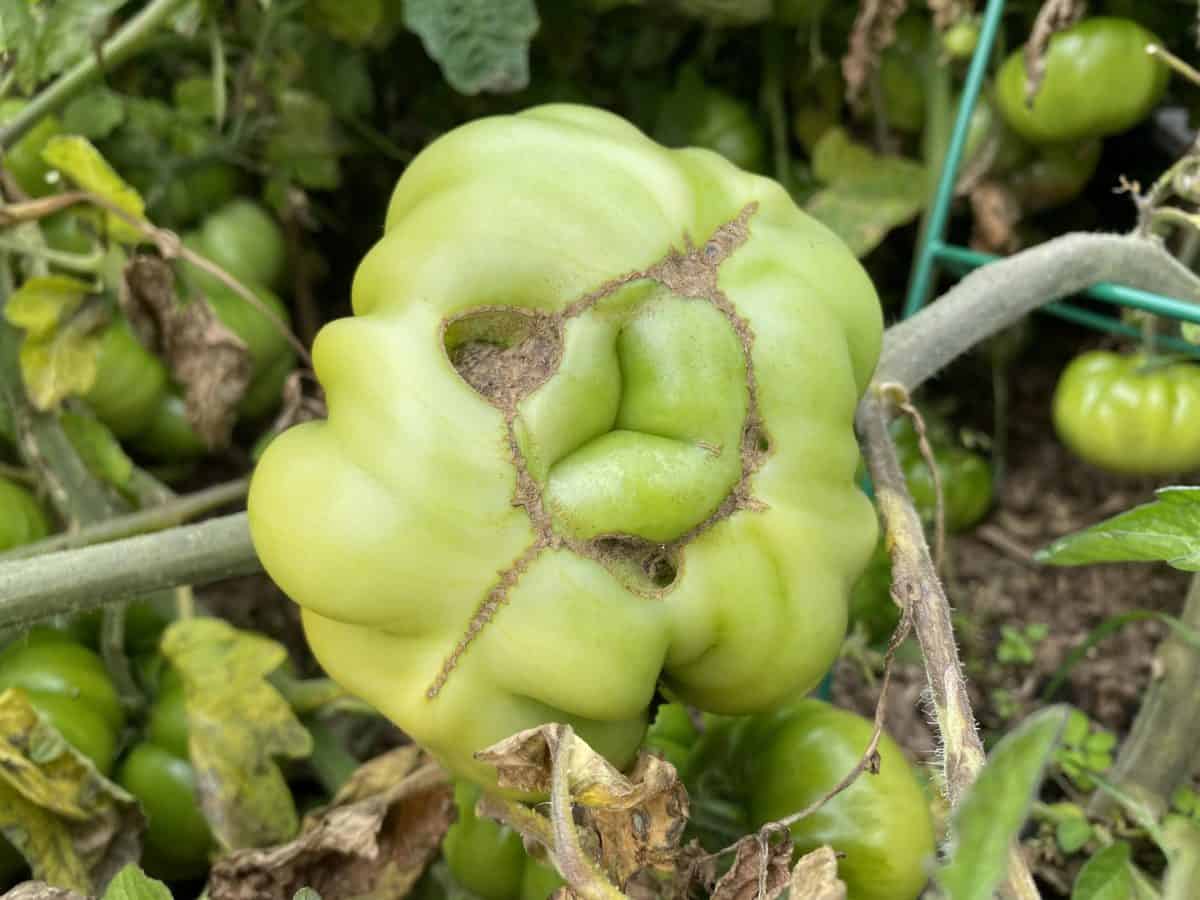
Tomato Catfacing How To Identify, Treat & Prevent It Tomato Bible
Catfacing ist ein Begriff aus dem Englischen und beschreibt bestimmte Verformungen von Tomaten. Alles Wichtige über Catface-Tomaten.

Burlington „Catface“ ist das neue Duckface Andreia Fashion
How To Prevent Catfacing. The truth is not much! But for starters, don't transplant tomato seedlings until one to two weeks after the last expected spring frost. Aim for soil temperatures of at least 65ºF. "Cool spring temperatures will affect the fruit development if late frosts don't get them," says Smith. Keep in mind that tomatoes.
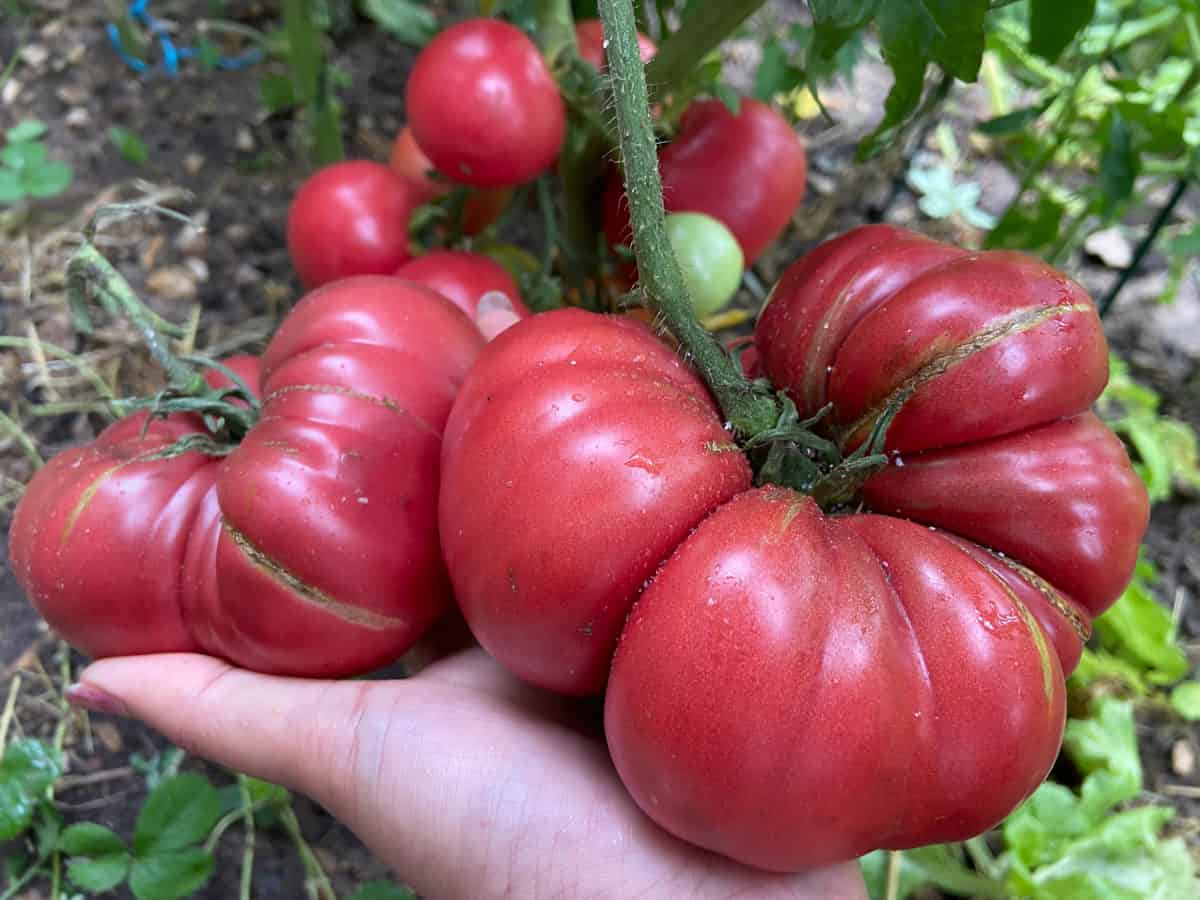
Catfacing à la tomate comment identifier, traiter et prévenir Blogue Fruits et Légumes
Cat-facing, or catfacing, refers to a type of physiological damage affecting tomatoes and represented by scarring and cavities near the blossom end. It is the abnormal development of plant tissue affecting the ovary or female sex organ (), which results in the flower, followed by the fruit development to become malformed.It is called "cat-facing" because the abnormal cracking and dimpling on.

Was ist Catfacing? Alles Wichtige im Überblick
Image credits: Neelam279 via Pixabay One of the best ways to prevent tomato catfacing is to be patient when you are transplanting tomatoes.Even though you are excited to start your garden, wait one to two weeks after the last spring frost before you transplant your tomato sprouts outdoors.Soil temperatures should be at least 50 degrees Fahrenheit, but it is even better to wait until it is 60.

HIDE THE HOOMANS ARE HOME check out our blog network for
Publication date: June 28, 2014. N.C. Cooperative Extension prohibits discrimination and harassment regardless of age, color, disability, family and marital status, gender identity, national origin, political beliefs, race, religion, sex (including pregnancy), sexual orientation and veteran status. This factsheet discusses the symptoms and.

Catface Catplace hello dumbass, please do okay The Something Awful Forums
2. Soil Conditions. You will also see catfacing on tomato plants when there are high nitrogen levels in the soil. Too much nitrogen makes it hard for the plant to focus on fruiting. Over-feeding nitrogen will give your tomato plants plenty of green leaves, but not enough support producing flowers and fruit.